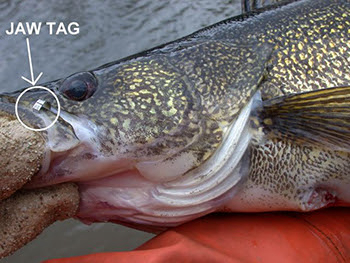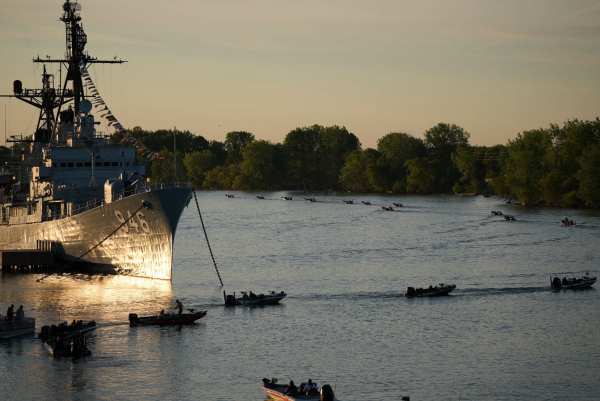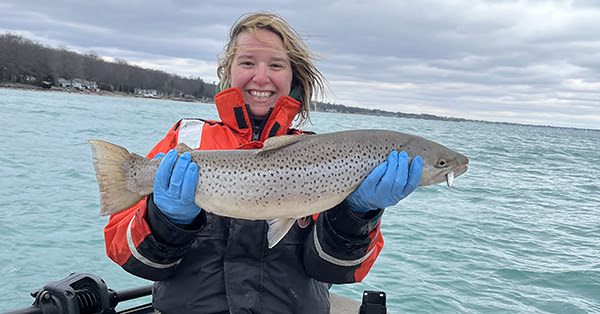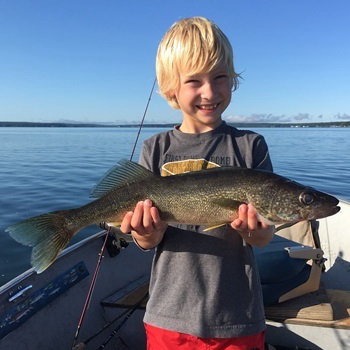Michigan DNR asks anglers to report tagged walleye

Starting Wednesday, the Michigan Department of Natural Resources will jaw tag 3,000 walleye across multiple Saginaw Bay tributary rivers. As the DNR adds more tagged walleye to Michigan waters, anglers are asked to report tagged fish to assist data collection efforts.
Anyone catching a tagged fish is asked to report the following information using the tag return form at Michigan.gov/EyesInTheField:
- Species.
- Length.
- Weight (if known).
- Tag location (where tag was attached).
- Identification number (the larger of the two sets of numbers).
- Tag return address (for example MICH DNR MM-1).
- Capture date and location.
In the notes box of the form, please list time of capture and sex of fish (if known). Each tag is stamped with a unique identifying number. Once a fish has been successfully reported, the angler will receive a letter detailing the fish’s history.
“The information reported is essential to measuring the health of the population and is critical data for planning the future management decisions needed to protect and enhance this important fishery,” said David Fielder, PhD. research biologist out of the DNR’s Alpena Fisheries Research Station. “Besides ensuring the walleye fishery remains sustainable, we also annually estimate the population size with the aid of these tag reports.”
The DNR has tagged more than 100,000 walleye in the Saginaw Bay area since 1981. Jaw tagging is part of a long-term research project to monitor survival and harvest rates and to learn about walleye movement.
About 10% of the tags include a $100 reward for reporting. To be eligible for a reward, photos are required of the flattened tag. Anglers can keep or release the fish. If anglers are not interested in a reward, please do not remove the tag before releasing the fish.
Tagging occurs each spring on the Tittabawassee River and other Saginaw Bay tributaries during the walleye spawning run. Walleye are collected with electrofishing boats that temporarily stun the fish to allow fisheries biologists and technicians to collect vital statistics, tag the fish and release them back into the river after the fish have recovered. After spawning, walleye migrate back into Saginaw Bay and a large number migrate out of the bay into Lake Huron. The fish that migrate out of the bay have been found ranging to the Straits of Mackinac to the north and Lake Erie to the south.
A second study will take place in Saginaw Bay this year in which 150 walleye will be implanted with acoustic transmitters that allow researchers to track the fish and learn more about their movement. Those walleye will have belly tags and will also include a $100 reward for the return of the transmitter.
To learn more about marked and tagged fish, visit Michigan.gov/TaggedFish.
Contact: Dave Fielder, 989-590-8956 or Jason Gostiaux, 989-577-9912






